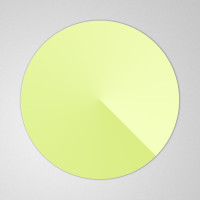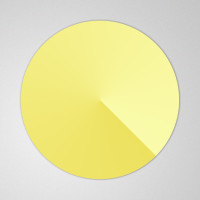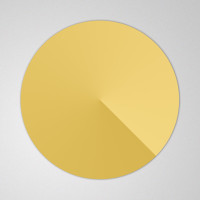White Wine
Table of contents
The aroma, flavour, taste and mouthfeel attributes of white wine are very much dependent on grape variety and wine style, as well as the climate of the wine region. Lighter-bodied styles will tend to exhibit more varietal expression (i.e. fruit character) than complexity from winemaking (e.g. malo-lactic fermentation and/or oak maturation), albeit there are examples of complex light-bodied white wines (e.g. aged Riesling or Semillon). Fuller-bodied styles often combine both varietal expression and winemaking influence (e.g. oxidative handling of fruit, fermentation with wild yeast, malo-lactic fermentation, barrel fermentation/maturation, lees aging or bottle aging), so these wines might exhibit both fruit and developed characters.
Appearance
From almost colourless or pale straw, sometimes with a green hue (for younger white wines), to deep yellow (for oaked or older white wines).
Aroma and Flavour
Fruit Characters (depending on grape variety)
berry fruit (gooseberry, strawberry); citrus (grapefruit, lemon, lime); tree fruit (apple, apricot, peach, pear); floral (blossom, honeysuckle, rose, violet); tropical fruit (guava, lychee, melon, passionfruit, pineapple); vegetal (asparagus, capsicum, cucumber, cut grass, grassy, herbal, mint, tomato leaf); other (confectionary, musk, rosewater, perfumed).
Developed Characters
allspice, bacon, caramel, cedar, charry, chocolate, cigar box ,cinnamon, clove, coconut, coffee, dusty, mocha, nutty, pencil shavings, resinous, roasted, spicy, sawdust, smoky, toasty, vanilla (oaked white wine); almond, biscuit, buttered toast, caramel, dried fruit, fig, hay, honey, kerosene, lanolin, nutty, quince, raisin, smoky, toasty, toffee, walnut (aged white wine).
Taste and Mouthfeel
The taste and texture of white wines very much depends on method of production and any influence from winemaking techniques (e.g. malo-lactic fermentation and/or barrel fermentation or maturation). Lighter-bodied white wines should exhibit crispy acidity, but fuller-bodied styles might have softer acid, and may exhibit buttery or creamy textures. Riesling can sometimes impart minerality, flinty, metallic or chalky characters; whereas some full-bodied styles can exhibit an oily texture and/or some alcoholic warmth.
Colour
Light-Bodied White Wine
A light-bodied white wine can range from clear to a pale yellow-green hue. Most of this style of wine is meant to be enjoyed young and ice-cold. e.g. Pinot Grigio, Albarino, Vinho Verde, Muscadet

Medium-Bodied White Wine
The majority of white wines fall into the medium-bodied category with a pale yellow-gold hue. e.g. Sauvignon Blanc, Unoaked Chardonnay, and Chenin Blanc.

Full-Bodied White Wine
A color of white wine that can be produced either by a free-run red wine such as White Pinot Noir or a highly extracted white wine. Often these wines have less acidity and use oak aging to add creaminess and vanilla aromas. e.g. Chardonnay, Viognier, and Marssanne.

Old White Wine
Very few white wines are made to last for more than a couple of years. Old white wines lose their sheen and become increasingly more dull over time. Because of light-sensitivity, white wines will become more orange over time.
